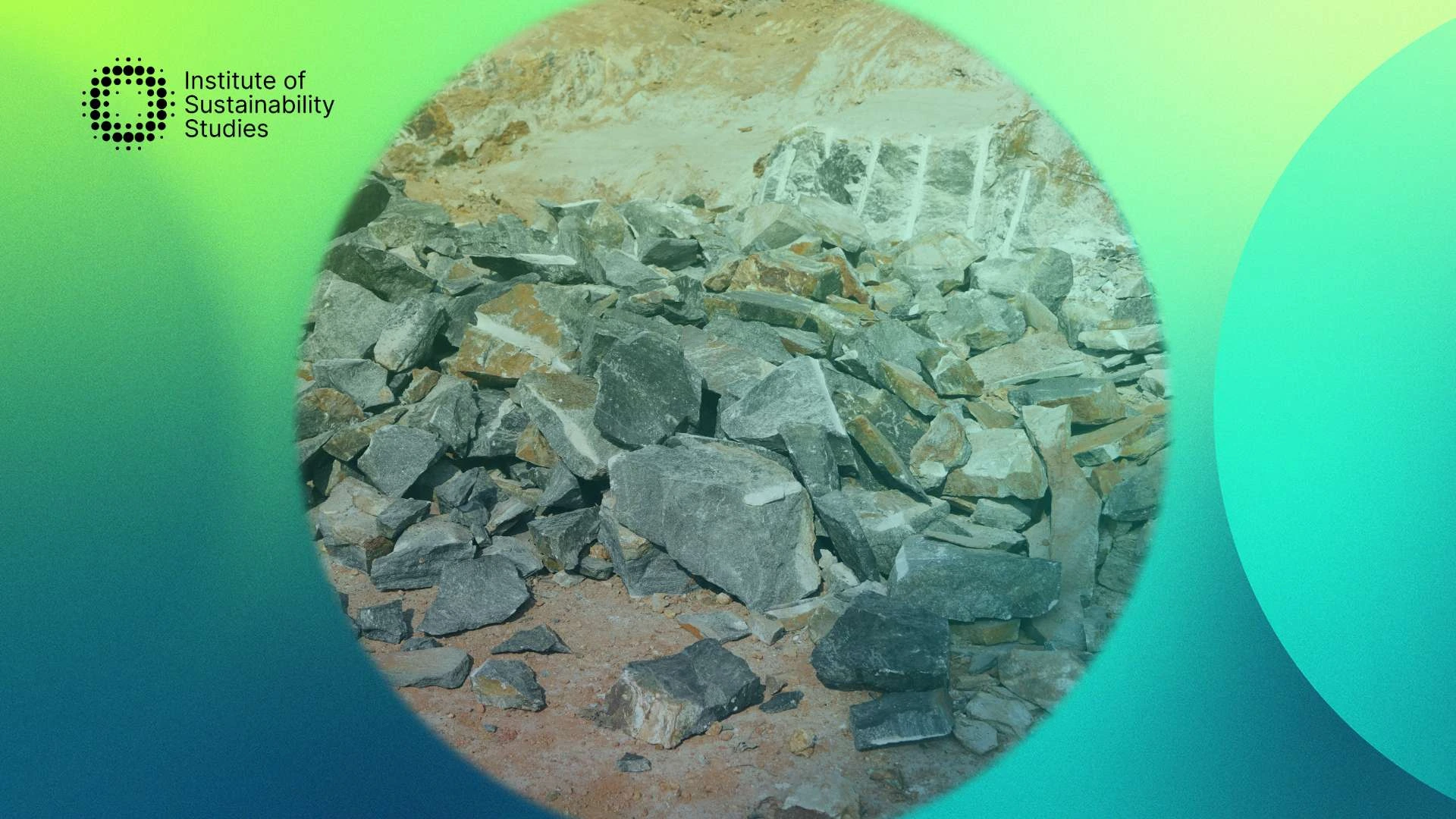The construction sector is a considerable consumer of natural resources and raw materials, with a strong need for business sustainability strategies. According to the World Green Building Council, the industry generates an estimated 39 percent of the world’s carbon emissions. Sustainable construction is a form of construction that looks to reduce the adverse social, environmental, and economic effects of building construction. The construction methods are designed to achieve several objectives, such as reducing waste and the use of natural resources. Below, we dive into the 7 principles of sustainable construction, a framework for the built environment to tackle its significant ecological footprint.
The 7 principles of sustainable construction
The 7 principles of sustainable construction were introduced, as a result of initiatives like The Paris Agreement of 2015 and the ‘building to net zero’ scheme. Together, the 7 principles offer a framework for the built environment, giving the construction sector a sustainability insight into how to minimise the industry’s overall carbon footprint.
1. Sustainable design
Sometimes referred to as ‘green design’ or ‘green buildings’, the first principle of sustainable construction methods refers to the practice of designing to circumvent or minimise adverse environmental impact. Environmental, social, and economic impacts are considered in this phase with the overarching goal to meet the needs of the present without compromising the planet for future generations.
The Building Research Establishment Environmental Assessment Method (BREEAM) is the world’s longest-running method of assessing, certifying, and rating the sustainability of a building and will help you identify you are reaching your sustainable building goals. The assessment looks into a range of categories, including waste, energy, transport, materials, and water.
2. Durability
The second principle focuses on building with durability and emphasises the use of construction techniques and robust materials that can withstand the test of time. Prioritising durability means we can make sure existing and new structures remain resilient, which minimises the need for frequent replacements and maintenance.
Specifying these techniques and durable materials extends the lifespan of the building and curbs environmental impact over time. Not to mention, it contributes to the overall cost-effectiveness of a project by limiting long-term maintenance expenses. These sustainable construction materials and techniques also contribute by promoting resource efficiency and a reduction in waste production.
3. Energy efficiency
This principle refers to the design techniques and strategies utilised to curb energy use during the planning, building, and maintenance of any construction project or building. Additionally, it can refer to the transportation of materials and personnel and their lifecycle before reaching the site.
4. Waste reduction
The waste reduction principle refers to the continued implementation of strategies and processes that curb waste during the full construction of a project. This principle also promotes the need for using recycled materials and recycling while also discouraging new builds where possible.
The ‘demolish and start again’ philosophy has, unfortunately, led to a culture where circular construction processes are frequently overlooked, and the industry is rather wasteful. Under this principle, it is about focusing on retrofits to help adhere to the waste management hierarchy and adopt site waste management plans.
5. Indoor air quality
Under the 7 principles of sustainable construction, we should also strive to improve indoor air quality to promote comfortable and healthy indoor environments. Climate control systems are surging in popularity, and unfortunately, due to this, natural ventilation has been long overlooked.
The feasibility of natural ventilation and airflow will always be specific to a location, but numerous design features can help with this. Some such systems include wind towers, ridge vents, solar chimneys, transoms and more.
6. Water conservation
The construction industry is well known for its high level of energy use but also its water consumption. To become more sustainable, many operating within the sector have developed new processes for more sustainable use of water during the building process. Curbing the use of water during the building process or material production process varies for different businesses.
However, there are some useful ways to minimise water consumption such as rainwater harvesting systems, efficient irrigation, low-flow fixtures, regular maintenance and lack detection, and reporting, monitoring, and enhancing water use.
7. Sustainable materials for construction
Sustainable building materials consist of any products that are chosen, created, and implemented efficiently to reduce environmental impact. This includes the sustainable procurement of sustainable construction materials. For example, those that have been created with the help of recycled or renewable materials, produced with minimal waste output and those designed for reusability and long-term use.
Adopting this final principle requires the sector to shift its perspective and actively seek out new products. Some examples of alternatives being used to great success in the construction sector include geotextiles using natural fibres, natural fibre-reinforced concrete, approved timber, and carbon-sequestering materials.
The future of sustainable construction methods
The construction sector is already making strides to become more environmentally conscious with the help of frameworks like the 7 principles of sustainable construction.
However, as more executives recognise how beneficial sustainable actions are for business, we can expect more construction and engineering businesses to be dedicated to sustainability. A comprehensive sustainability strategy is what will help them to finally balance the bottom line with the green line.

Dedicated to harnessing the power of storytelling to raise awareness, demystify, and drive behavioural change, Bronagh works as the Communications & Content Manager at the Institute of Sustainability Studies. Alongside her work with ISS, Bronagh contributes articles to several news media publications on sustainability and mental health.
- Bronagh Loughlinhttps://instituteofsustainabilitystudies.com/insights/author/bronagh/
- Bronagh Loughlinhttps://instituteofsustainabilitystudies.com/insights/author/bronagh/
- Bronagh Loughlinhttps://instituteofsustainabilitystudies.com/insights/author/bronagh/
- Bronagh Loughlinhttps://instituteofsustainabilitystudies.com/insights/author/bronagh/











